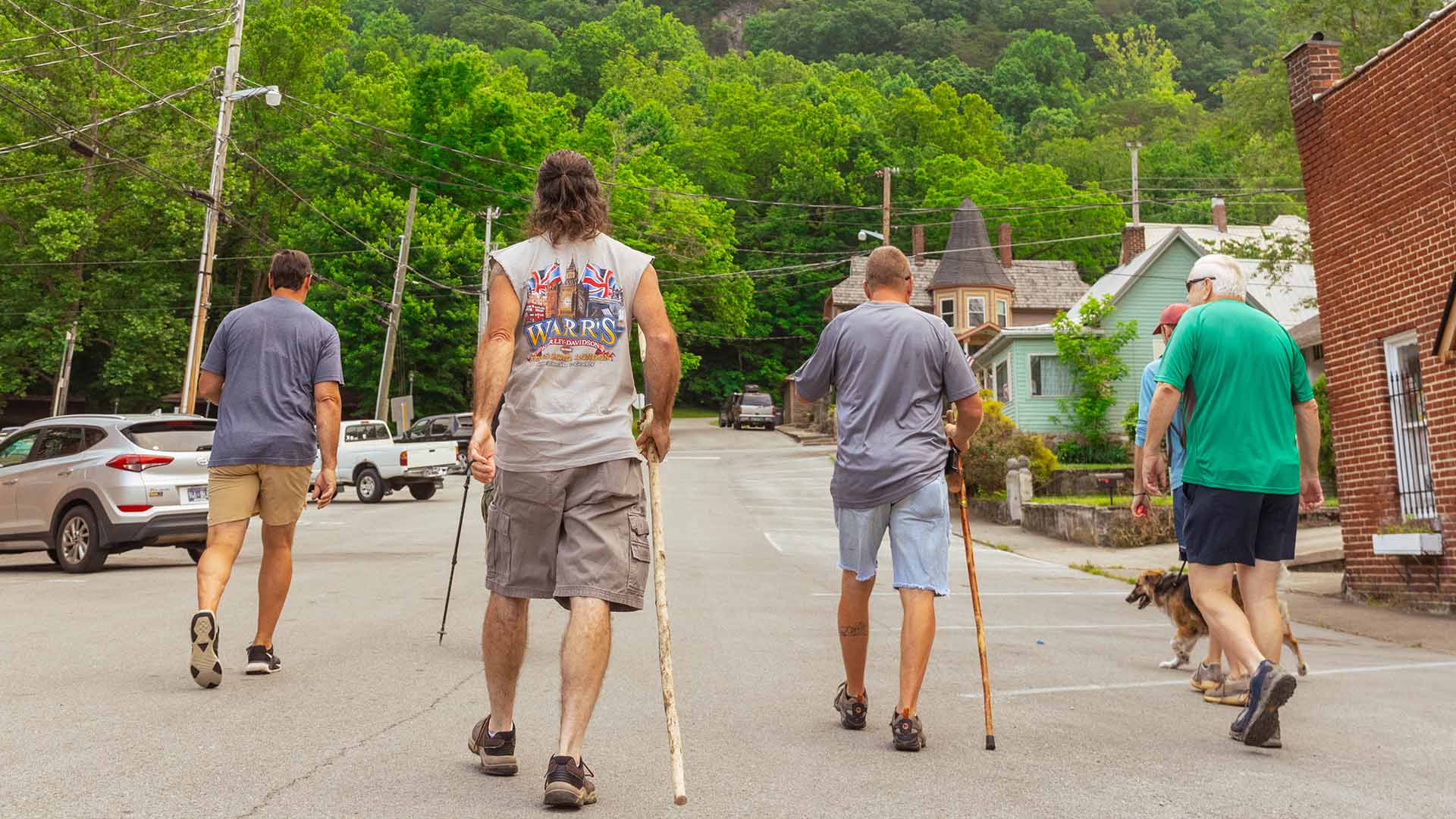The town of Cumberland Gap lies just below a historic mountain pass (also called Cumberland Gap) from which the town gets its namesake. This V-shaped gap is situated on the Kentucky-Virginia border just a quarter of a mile north of the point where Kentucky, Virginia, and Tennessee meet.
This passage has long been used by Native Americans for easier transit through the rugged Appalachian Mountains. In the late 1700s, however, the gap was brought to the attention of settlers as a means to gain easier access to the western frontiers of Kentucky and Tennessee.
One ambitious historical figure to take advantage of the passage’s convenience was none other than famed explorer Daniel Boone himself, who led a team of fellow frontiersmen through Cumberland Gap, making it accessible to more pioneers and earning it the distinction of “Gateway to the West.”
While explorer Dr. Thomas Walker of Albemarle County, Virginia is credited with discovering the pass in 1750, it was Boone and his team of approximately 30 men who were hired in 1775 by the Transylvania Company to blaze a more passable trail from Martin’s Station in Rose Hill, Virginia through the Cumberland Gap. By the 1790s, that trail had been widened by Boone and his men to accommodate wagon traffic and earned the name Wilderness Road.
This vital thoroughfare became the main artery for American pioneer migration to the West over the next 50 years. It’s estimated that between 200,000 and 300,000 American settlers eventually traversed the gap on their journeys to Kentucky and the Ohio Valley by the year 1810.
Today, approximately 1.2 million people visit the site annually as well as about 18,000 vehicles passing daily beneath the site




